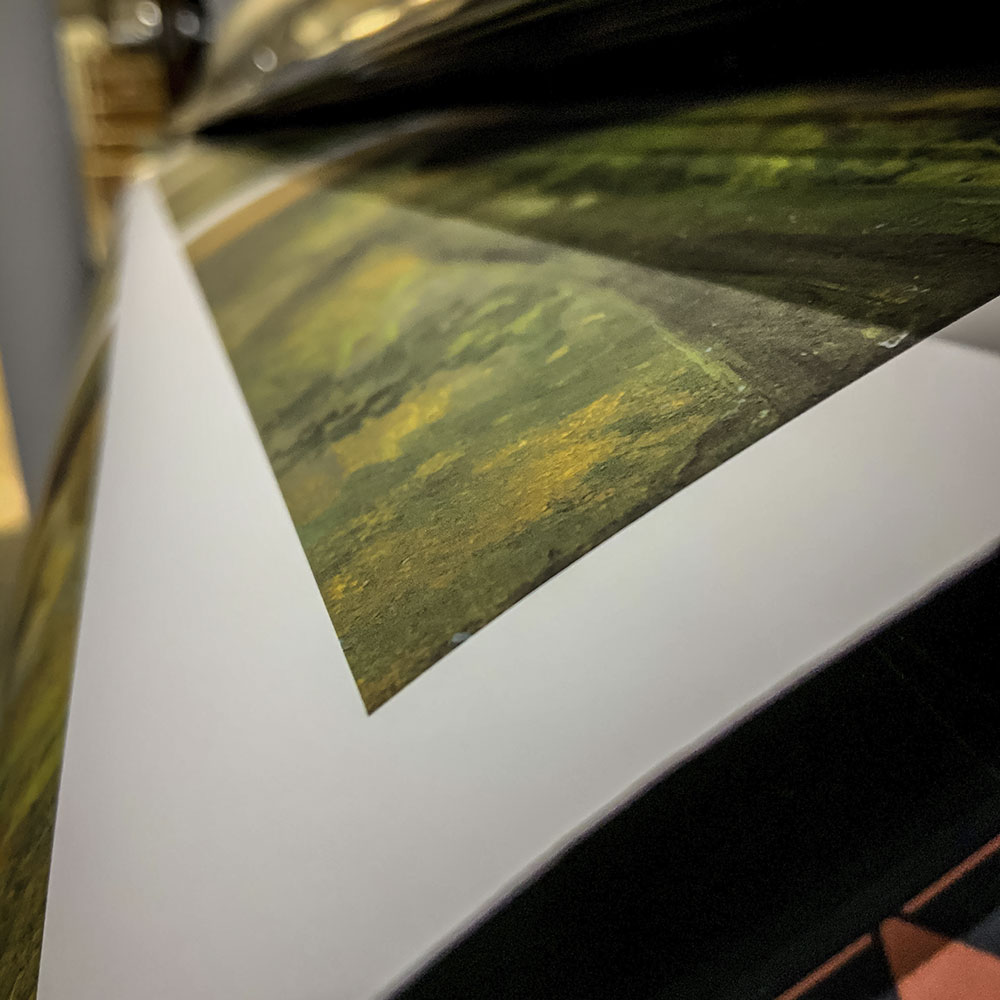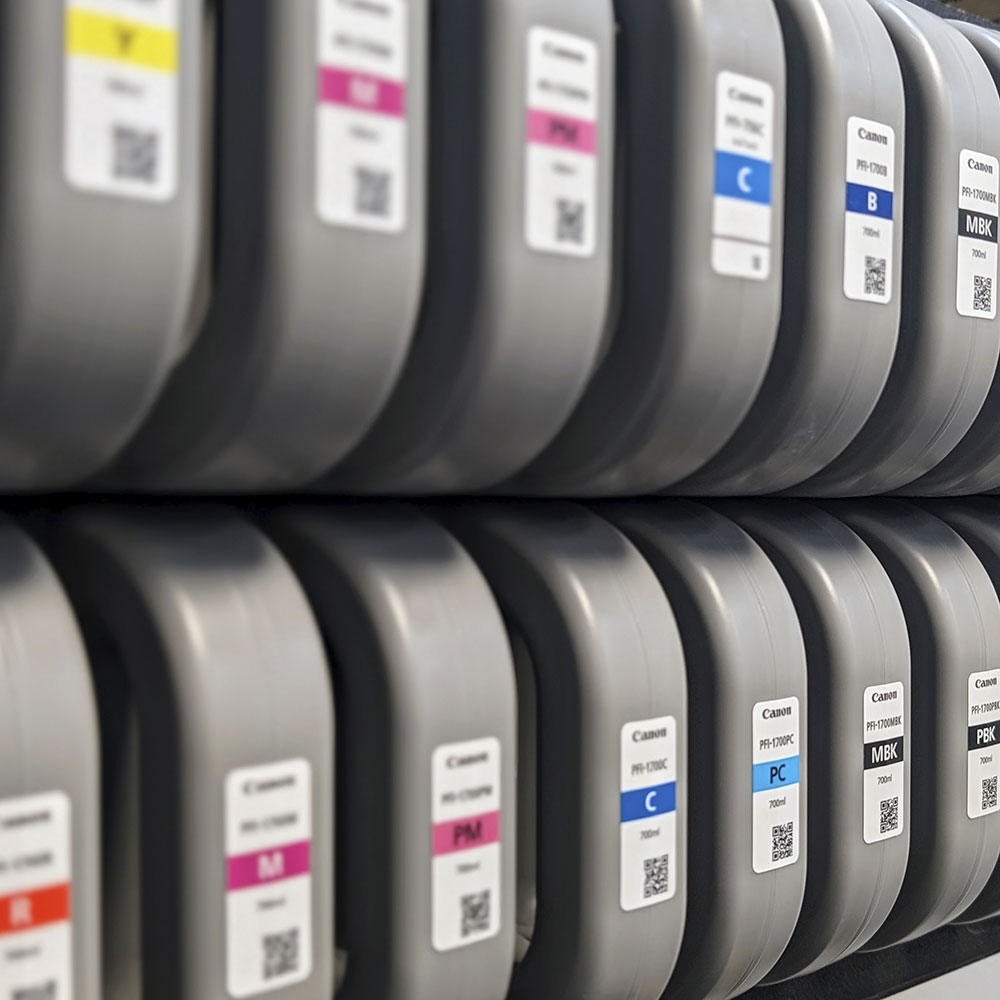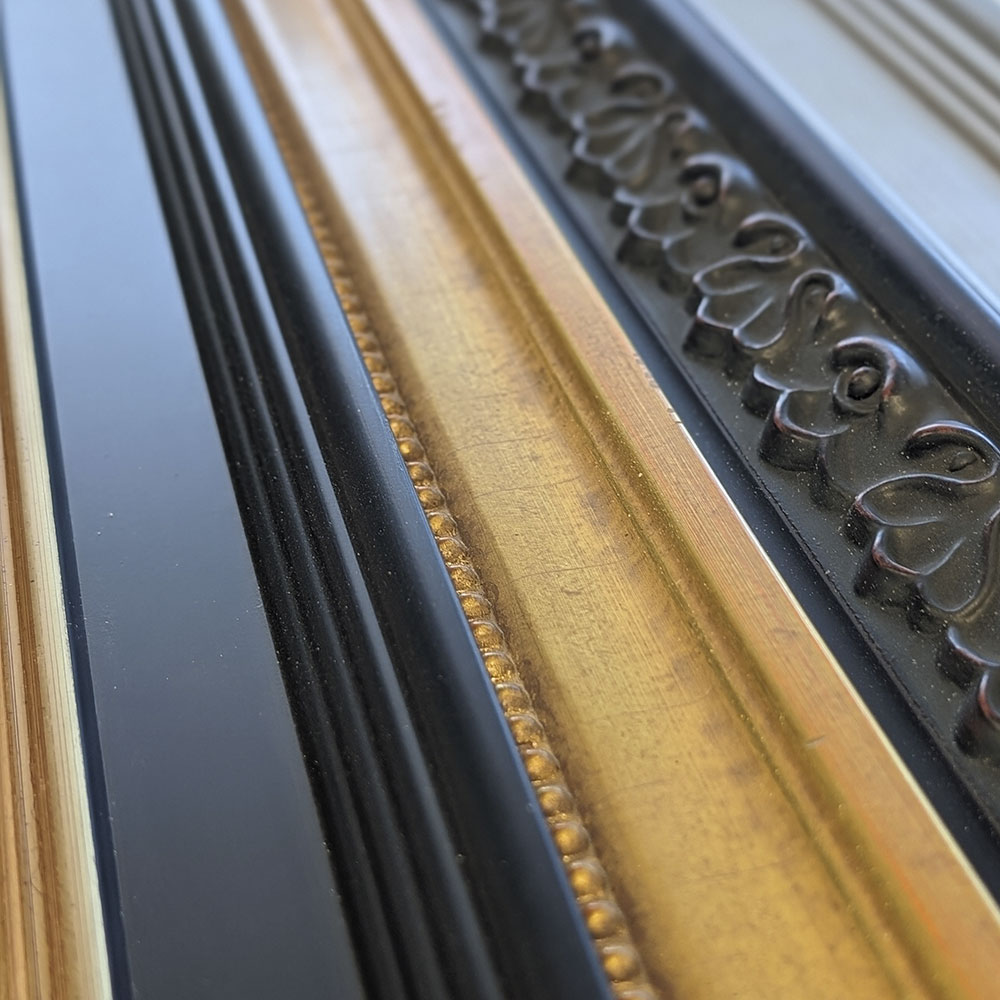Rufino Tamayo (Mexico, 1899–1991), Messengers in the Wind (Mensajeras en el viento), 1931.
Oil on canvas; Frame: 38 × 41 1/2 × 2 in. (96.52 × 105.41 × 5.08 cm); Los Angeles County Museum of Art, The Bernard and Edith Lewin Collection of Mexican Art (AC1997.LWN.36); © 2024 Rufino Tamayo / Licensed by VAGA at Artists Rights Society (ARS), New York.
During the 1920s and 1930s, a number of artists in Mexico depicted the technology of the city to emphasize its modernity. In Messengers in the Wind (Mensajeras en el viento), two native women dressed in white fly across an urban nocturnal sky; their speed is reinforced by the trajectory of the electric wires. Born in Oaxaca, Rufino Tamayo lived and worked in Mexico City, traveling frequently to New York. In the 1920s, he became increasingly interested in folk art and themes of everyday life. Unlike many of his contemporaries, Tamayo believed that art should have an aesthetic, rather than an ideological, function.
Ilona Katzew, 2008


